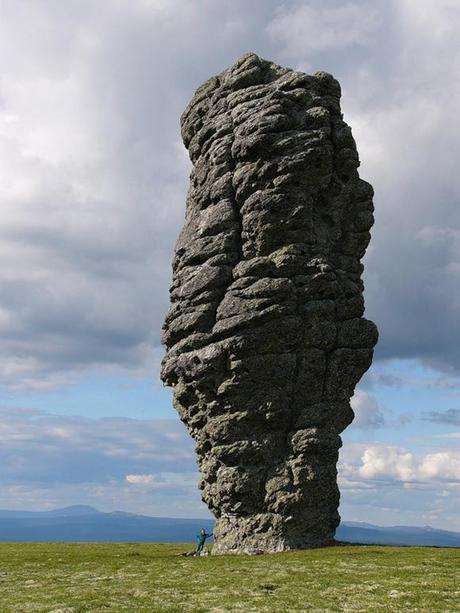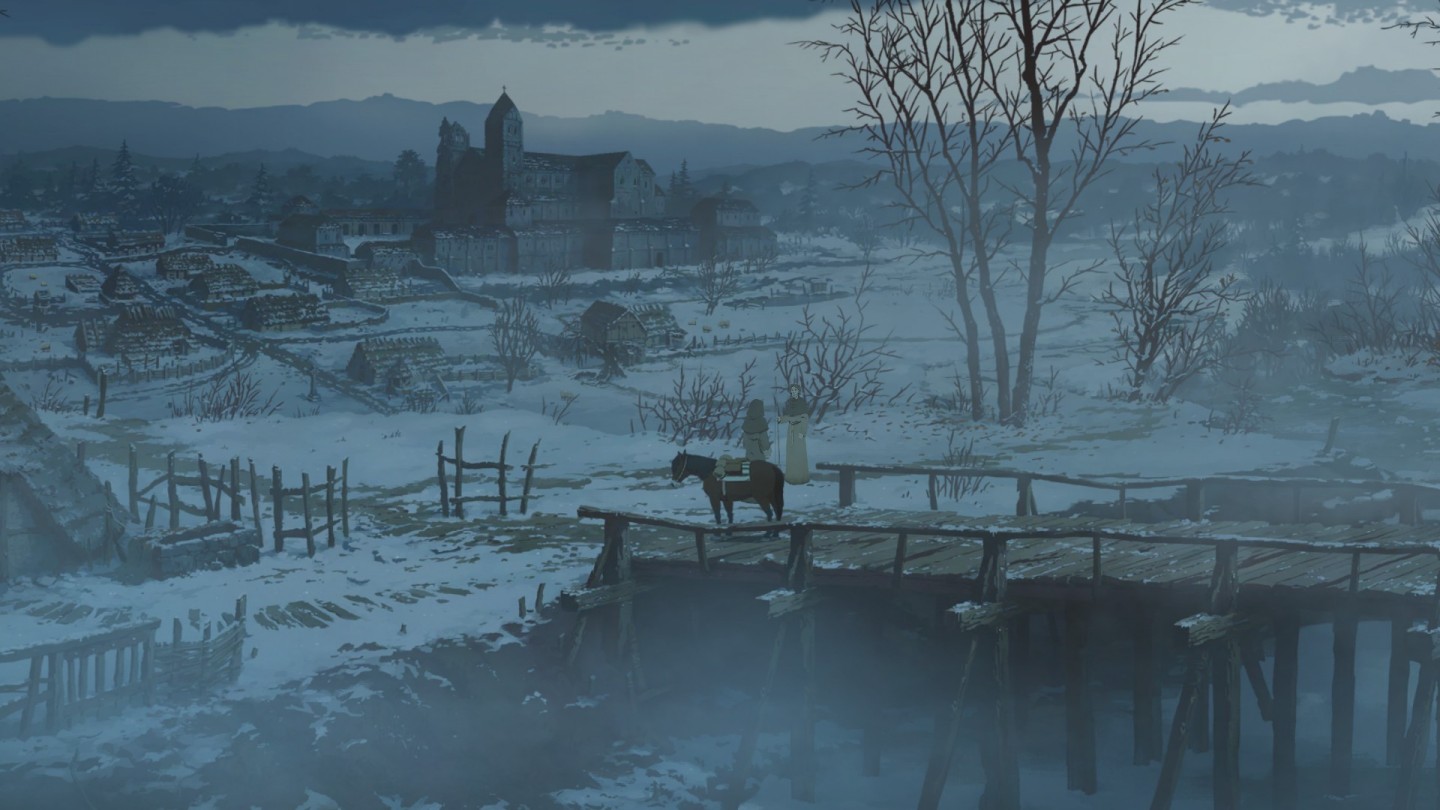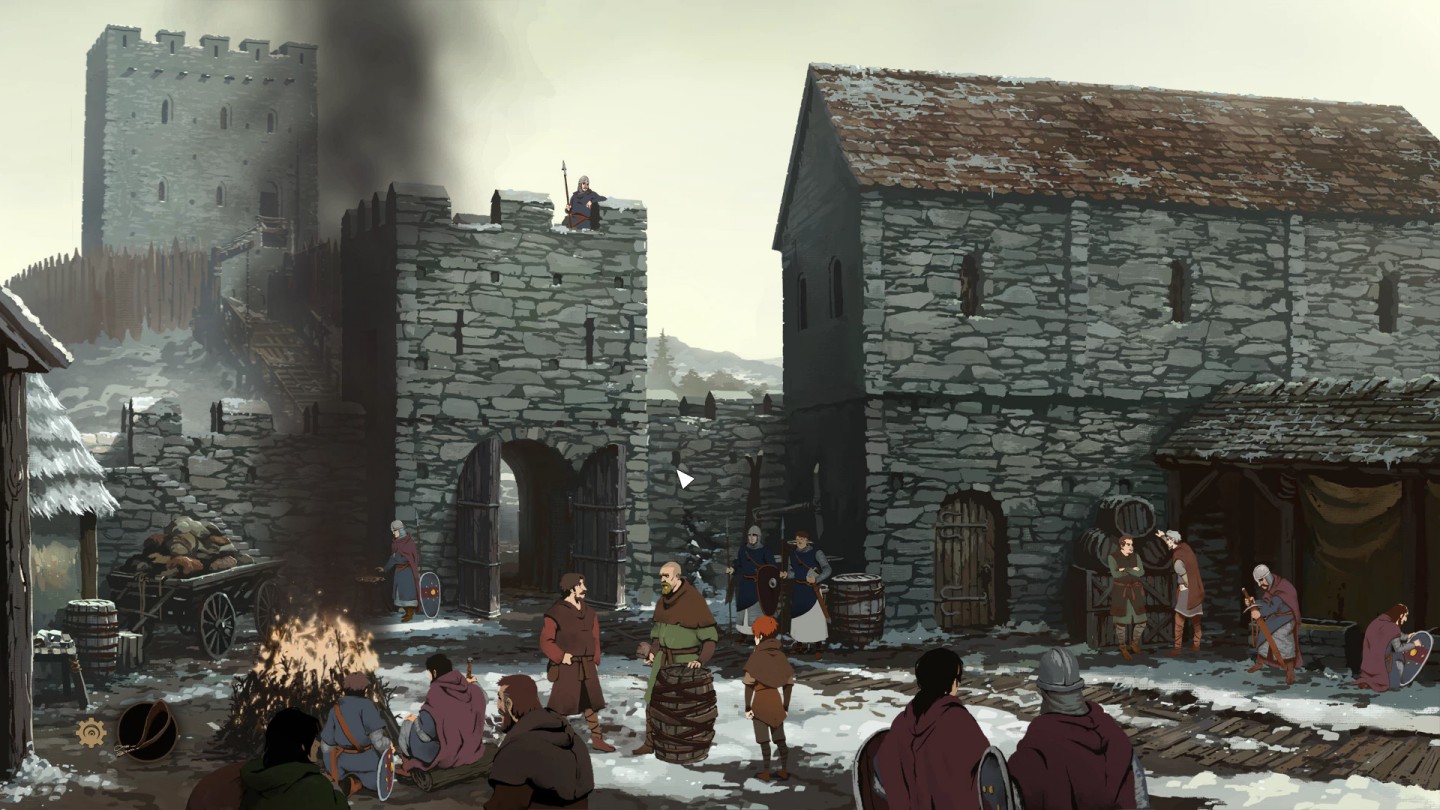- This page lists all the characters that feature in Pillars of the Earth. From here, links are be available to all of them.
- Kingsbridge is the town in which the events of The Pillars of the Earth and World Without End are largely set in. It is the home to Kingsbridge Monastery and the Cathedral church that serves as an important place in both the novels. The town itself is near Shiring, about a days ride and this distance allows it to have a strong influence on the noble politics that are going on there.
- Pillars Of The Earth Maps
- Ken Follett Pillars Of The Earth Map
- The Pillars Of The Earth Map
- Pillars Of The Earth Character Map

The Pillars of the Earth is a historical novel by Welsh author Ken Follett published in 1989 about the building of a cathedral in the fictional town of Kingsbridge, England. Set in the 12th century, the novel covers the time between the sinking of the White Ship and the murder of Thomas Becket, but focuses primarily on the Anarchy.
| Site Map | Contacts | Links | Newsletter | |
Genesis 1:5-8 DAY 2
Pillars of Heaven
Hebrew Text
The heavens and earth are said to have pillars that uphold them. The same Hebrew word for pillars ydwmu is used for both the heavens and the earth.
Job 26:11 says, 'The pillars of heaven tremble, and are astonished at his reproof.' The Hebrew word for 'pillar' is ydwmu. This word is used to describe the supports of a house in Judges 16:25-26, the pillars of the tabernacle in Exodus 27:10-11, and the pillars in Solomon’s palace in I Kings 7:2-3. It is also used poetically of wisdom’s house in Proverbs 9:1.
Egyptian Literature
There are a number of places in Egyptian literature that mention the four pillars of heaven that hold up the sky. In The Hymn of Victory of Thut-mose III it says, 'I set the glory of thee and the fear of thee in all lands, the terror of thee as far as the four supports of heaven' (ANET, 374). In the Asiatic Campaigns of Thut-mose III it says, 'His southern frontier is to the horns of the earth, to the southern limit of this land; (his) northern to the marshes of Asia, to the supporting pillars of heaven' (ANET, 240). In the Asiatic Campaigning of Ramses II it says, 'I rise like the sun disc and shine like Re, as the heaven is firm upon its supports' (ANET, 257). These passages show the Egyptians believed that the sky was supported by four pillars that were at the end of the world. Probably, two pillars were in the East where the Sun-god emerged each day, and two pillars in the West where the Sun-god descended each night. These pillars might be the same as the twin mountains called Manu.
Twin Mountains
There is an interesting text that is taken from Middle Kingdom coffins that has survived in the Book of the Dead. It is Coffin Text 160 called The Repulsing of the Dragon which tells us that the western mountains named Bakhu support heaven. A serpent lives there who tries to swallow or destroy the sun. The texts says:
I know that mountain of Bakhu upon which the sky leans. Of crystal (?) it is, 300 rods in it length, 120 rods in its width. On the east of this mountain is Sobek, Lord of Bakhu. Of carnelian is his temple. On the east of that mountain is a serpent, 30 cubits in his length (COS, 32; ANET, 12).
The size of the mountain is about 10 by 4 miles and is made of 'crystal' (ti-iaat). The temple is made of 'carnelian' which is red in color. This is probably parallels the reddish sunset. The serpent is over 50 feet long.
In the Book of Gates the first gate is at the setting of the sun. A dead person’s soul journeys to the mountain of the setting sun which is called Manu which is similar to the Babylonian mountain called Mashu (Budge 1906, 1:109). Usually Bakhu refers to the western mountains, and Manu refers to the eastern mountains that hold heaven up.
The twin mountains both in the East and West from which the sun rises and sets, were combined into one symbol for the horizon that signified the cycle of rebirth. Rambova in the book Mythological Papyri (1957, 30-31). Says:
The two widely separated geographic points of West and East, the sunset and sunrise mountains of Bakhu and Manu, become identified and joined, both in thought and in image. From geographic opposites they become associated symbols of the mysterious achievement of divine purpose.
The Egyptians may have thought the circle of the horizon was a mountain range extending from East to West, or that the mountains went under the earth to hold up the earth as well.
The hieroglyphic sign for the horizon is . It is a picture of the sun setting or rising from between the twin mountains. This is probably due to an optical illusion of mountains when the sun comes close to the horizon. The entrance way of temples and tombs are patterned after this sign, because the entrance way to the underworld was where the sun set between the twin mountains. Rambova says, 'Carved over the entrance of the tombs of later kings, this horizon sign with the disk becomes the royal insignia of divine birth. In the example over the portal of the tomb of Ramesses X the stylized 'mountains' support the sky and enclose the great disk with the scarab Khepri and the ram-headed solar deity' (1957, 31). Solomon’s Temple seems also to be like this with two bronze pillars named 'Jachin' and 'Boaz.' (1 Kings 7:15-22).
From the different texts and drawings of Nut and Geb one can see different views of the world. For example, sometimes the realm of the dead is in heaven and sometimes under the earth. Sometimes just Shu (the air-god) holds up heaven, and sometimes four pillars help him. One picture shows Nut as a cow, and other show her as a woman. Sometimes the sky is seen as flat, and sometimes it was drawn curved. The sea was seen as a circle, and sometimes it was seen as a coiled serpent. So in Egypt there many different ways of drawing, and describing the universe.
Akkadian Literature
Pillars Of The Earth Maps
Twin Mountains
The Gilgamesh Epic Tells how Gilgamesh’s search for eternal life leads him on a long journey up to heaven. On his journey he comes to the mountains of Mashu which are described as follows:
When [he arrived] at the mountain range of Mashu,
Which daily keeps watch over sun[rise and sunset]-
Whose peaks [reach to] the vault of heaven
(And) whose breasts reach to the nether world below. (ANET, 88; Heidel 1946, 65).

The Akkadian word for Mashu means 'twin.' Mashu 'daily keeps watch over sun[rise and sunset]' (ANET, 88). It seems that the Babylonian like the Egyptians merged the two geographic points of East and West together for a symbol religious purpose (Rambova, 30). The twin mountains contain the western gate which the sun enters at night. When Gilgamesh enter there is not light for twelve double miles (or leagues). It is the road that the sun travels at night. For twelve hours the sun travels in subterranean caverns back under the earth to come out in the East at sunrise (Jacobsen 1976, 204). The phrase 'vault of heaven' is the same phrase su-pu-uk same(e) meaning the 'foundation of heaven.' The mountains are seen as holding the heavens up.
There are two Akkadian cylinders that contain drawings of twin mountains from which the solar deity steps out of each morning (Rambova, 32; Keel, 23). One cylinder depicts the sun as an eagle and the other one as a man.

Ken Follett Pillars Of The Earth Map
Ugaritic Literature
Twin Mountains

There are two mountains, trgzz and trmg, that are said to gsr `ars, bind the earth (CTA, Herdner, 4:viii,4). Gibson (66) says that these twin mountains were founded in the earth-encircling ocean, and held up the firmament, and also marked the entrance to the underworld.
The Ugaritic word gsr which means 'bounding' may indicate surrounding and supporting the earth as well as confining the netherworld. The closest Hebrew word would be r?a, meaning 'restrained' (Gibson, 155).
Creeping animals were thought to come from the very foundations of the earth because in CTA 4 col.1, 40-41 it says, mnm dbbm d msdt. `ars, meaning 'with creeping animals from the foundations of the earth.' El’s mountain seems to be the connection between heaven and earth. The mountains were seen as the foundations of the earth and the support pillars for the heavens.
It seems likely that the Akkadian twin mountain Mashu and the Egyptian Manu is parallel with the twin mountains trgzz and trmg in Ugaritic. Probably these mountains stretch from East to West undergirding the whole earth, and confining the underworld.
In the Near East certain mountains are given special religious significance which some term as cosmic mountains. Clifford (1972, 38-39) says:
The Pillars Of The Earth Map
These heights can be the meeting place of the gods, the source of water and fertility, the battleground of conflicting natural forces, the meeting place of heaven and earth, the place where effective decrees are issued. In these senses, the mountains are cosmic, that is, involved in the government and stability of the cosmos.
Physically a mountain may not be the tallest, but religiously it has been elevated in importance. The Ugaritic Mount Zaphon is similar to Biblical Zion. In cultures which have a trichotomy view of the world; heaven, earth, and underworld; the mountain is the center axis which connects all three of these areas together (Clifford 1972, 6). Mountains with their massive height and width are naturally imposing, and awesome in sight, and a very logical site where the gods might dwell.
Greek Literature
Herodotus in Book 4:184,3 sarcastically writes, 'The natives say that this (mountain called Atlas) is a pillar of heaven (Hude 1979, 4:184,3). The mountain was so high up that they thought it reached heaven and that it held up the sky. Herodotus used the Greek word kiwn while the LXX used the word stuloi to refer to the pillars of heaven. The LXX does use kiwn five times in Judges 16:25,26,29 and in I King 15:15. In Judges 16 Samson pulls down the pillars of the house. Herodotus identifies Atlas with the Atlas mountain range in northwest Africa. Some scholars have recently identified Atlas with two islands in the Mediterranean Sea off the coast of Greece, and identified Atlantis with Thera which erupted around 1640 BC.
In the Odyssey (book 1:53) it says, 'and himself (Atlas) holds the tall pillars which keep earth and heaven apart' (LCL 1919, 7). Hesiod in Theogony (517) says, 'And Atlas through hard constraint upholds the wide heaven with unwearying head and arms, standing at the borders of the earth' (LCL 1914, 117).
Mount Olympus was thought to reach up past the sky into the pure ether. It was the home of the gods (L&S 1857, 1068).
Next - Genesis 1:6-8 - Ends of the Heaven
Bibliography
Home | News | The Bible | The Bible & Science | Biblical Archaeology | History | Legends and Mysteries | Other Views | Languages | Virtual Tours | Homeschool Resources | Christian Counseling
Pillars Of The Earth Character Map
Updated:
Webmaster: info@bibleandscience.com